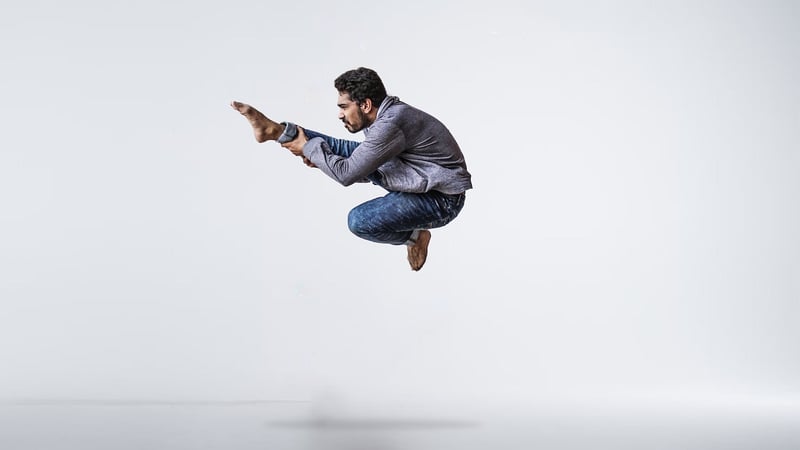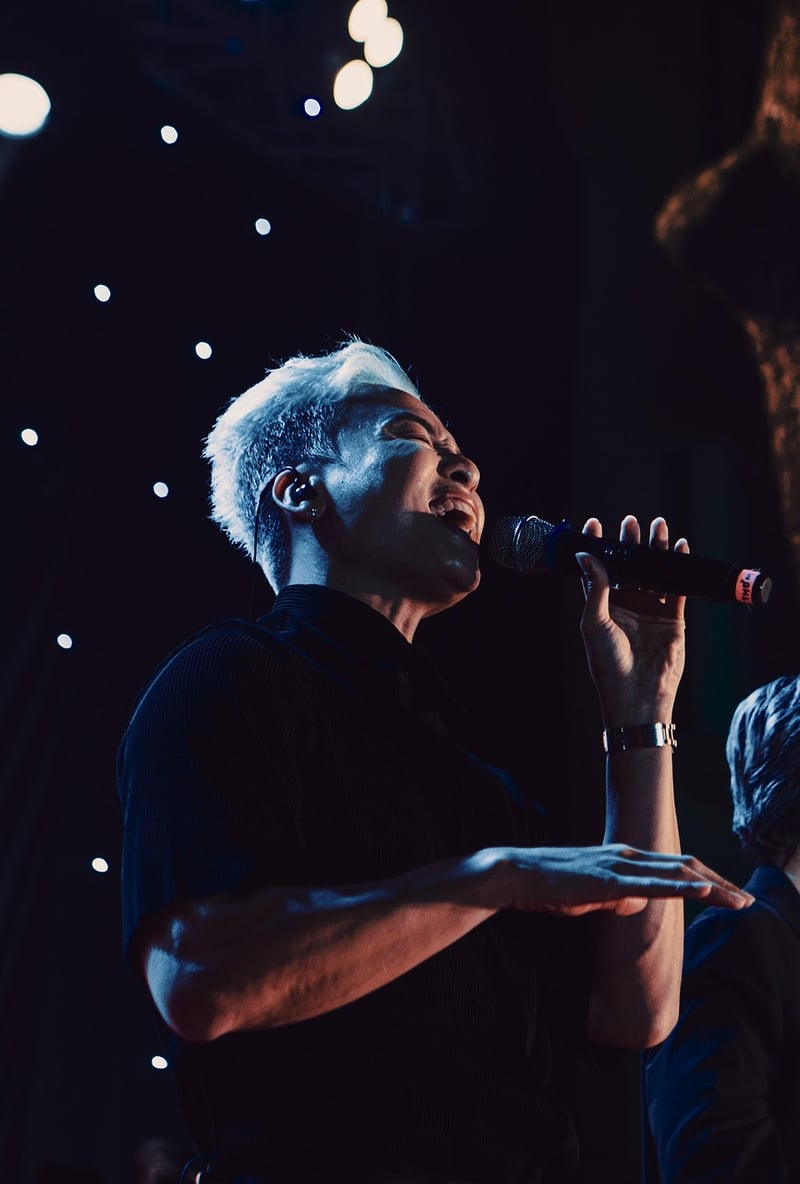Hip Hop
Exploring Expressive Movement Styles in Hip Hop Dance
Hip hop dance is not just about precise choreography and rhythmic movements; it's also a platform for expressing emotions, stories, and attitudes through body language. In this article, we delve into the world of expressive movement styles within hip hop culture.
1. Popping and Locking
Popping and locking are fundamental techniques in hip hop dance that involve creating sharp, sudden movements (pops) and freezing in specific positions (locks). These movements are often used to emphasize beats in the music and convey a sense of control and precision.

2. Krumping
Krumping is an intense and aggressive style of hip hop dance that originated in the early 2000s. It involves exaggerated movements, facial expressions, and high-energy performance to convey raw emotions such as anger, frustration, or empowerment.

3. Tutting
Tutting is a geometric style of hip hop dance inspired by ancient Egyptian hieroglyphics. Dancers use their hands, arms, and body to create intricate shapes and patterns, often telling a visual story or portraying illusions with their movements.

4. Freestyle
Freestyle is a core element of hip hop dance that allows dancers to improvise and express themselves creatively in the moment. Dancers use a combination of different styles and movements to interpret the music and showcase their individuality.

Expressive movement styles in hip hop dance provide a platform for dancers to unleash their creativity, emotions, and personal stories through movement. Whether it's the precision of popping and locking, the intensity of krumping, the intricacy of tutting, or the freedom of freestyle, each style offers a unique way to communicate through dance.
So next time you hit the dance floor, remember that hip hop is not just about the steps; it's about the expression and soul you bring to the movement.
